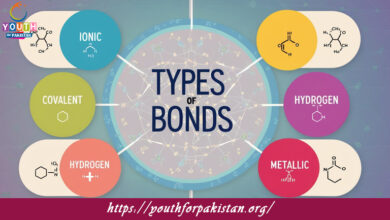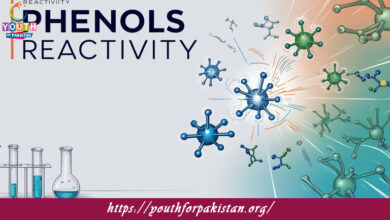Electro Negativity MDCAT Quiz with Answers

Electro Negativity MDCAT Quiz; attract electrons in a chemical bond. This is an essential property for explaining the polarity of bonds and the behavior of elements in a molecule. The electronegativity is, therefore, very important for making predictions of how elements react; it basically provides information regarding what type of bond—ionic, covalent, or polar covalent—between the atoms would exist. Detailed knowledge of electronegativity becomes, therefore, vital to solving several questions of MDCAT Quiz related to the concept of chemical bonds and intermolecular interactions.
H2: Trends in Electronegativity
Electronegativity tends to increase as one moves left to right across a period in the periodic table. This is due to the fact that atoms are getting smaller and thus have a greater nuclear charge relative to their size, which enables them to pull electrons toward them more effectively. As you go down a group, electronegativity decreases since the atomic radius increases and the outer electrons are farther from the nucleus; therefore, they are less strongly attracted by the nuclear charge. The trend in electronegativity is important for the prediction of bond polarity: high electronegativity values of fluorine and oxygen show they strongly attract electrons, while low values for sodium and potassium mean that they do not attract electrons very well in a bond.
H3: Quiz on Electronegativity
The MDCAT Quiz on electronegativity will test students’ ability to predict and explain the trends in electronegativity across periods and groups. Students may be asked to compare the electronegativity of different elements, understand how electronegativity affects bond polarity, and explain the behavior of elements in covalent and ionic bonds. Practicing these quiz questions will help students reinforce their understanding of electronegativity and prepare for related questions on the MDCAT exam.
H3: Free Flashcard for Electronegativity
To enhance their understanding of electronegativity, MDCAT students can use the Free Flashcard for this topic. The flashcards provide quick access to the key trends, definitions, and factors affecting electronegativity, helping students retain important information. Reviewing the flashcards regularly will solidify their grasp of electronegativity, ensuring they can apply the concept effectively to solve related problems in the MDCAT exam. This tool is ideal for efficient revision and for mastering the intricacies of electronegativity before the test.

The electronegativity difference between two atoms in a bond determines whether the bond is ________.

A polar covalent bond typically occurs between atoms with electronegativity differences of ________.

An atom with a low electronegativity will tend to form ________ bonds with more electronegative atoms.
Experience the real exam environment with our expertly designed collection of over 25,000 MCQs MDCAT Mock Tests.





